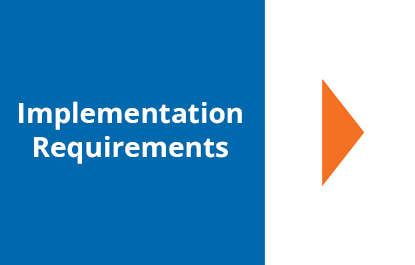Des Moines International Airport
Compiling a Database of Key Statistics for Operational Decision-Making
Des Moines International Airport (DSM) is operated by the Des Moines Airport Authority. Data analytics at DSM is supervised by the director of operations, who is a member of the Airport Authority Executive Team. In total operations, DSM served 2 million passengers and handled over 39,000 metric tons of air cargo in 2021. In terms of its economic impact, DSM supported 7,156 jobs, provided $271 million in annual payroll, and $644 million in annual economic output in 2014. DSM serves 31 cities with nonstop service. The director of operations responsible for data analytics at DSM is implementing an operational database of key statistics to inform decision-making based on current needs.

Airport Demographics
Midwest United States
DSM Airport Authority
2,200 Employees
Data Analytics Capabilities at DSM

- Business need to initiate real-time decision-making based on past data and current operational needs.
- Identify the need for data, gaps in available data resources, and additional data needed for analytics.
- Data is not stored in a central repository, such as a data warehouse or data lake, to be queried for analysis.
- There are no key performance indicators (KPIs) for tracking operational efficiency across the airport.

- Implement an operational database of key statistics to support real-time decision-making based on data.
- Convert operational data into reporting dashboards to communicate with stakeholders and internal teams.
- Track passenger and vehicle movements in key areas to enhance the efficiency of passenger movements.
- Improve the efficiency of airport operations and services, and optimize revenue-generating possibilities.

Technical Requirements
- Building the database and integrating data resources.
- Power BI is used for data aggregation and dashboards.
- Linking camera data to the analytics platform.
Human Capital Requirements
- Buy-in from management team for data and analytics.
- IT group recruited to build and maintain the database.
- Contract with external vendors for commercial data.

Data and Technology Limitations
- Do not have KPIs.
- Camera data is not connected to passenger information.
- Passenger data can be difficult to obtain from airlines.
People and Process Limitations
- Human capital needed to recruit and retain analytics talent.
- External vendors used for data products and services.
- Relying on teams to provide feedback on data needs.

Change Implementation Strategies
- Operational data is accessible from a central database.
- Communicating data with visualizations and dashboards.
- Providing data to stakeholders based on user needs.
- Enabling real-time decision-making based on data.
Change Management Strategies
- Getting buy-in from internal stakeholders by communicating to managers and directors that implementing data analytics can help enhance operational efficiency.
- Knowing the data needs of front-end users and demonstrating how data can be interpreted and can improve communication and decision-making.
- Understanding new software and tools available to meet stakeholder needs and obtaining support from IT team to keep data resources and dashboards current.
Greatest Challenges & Lessons Learned
Challenges
- Collecting and integrating multiple sources of data.
- Obtaining financial resources for commercial data.
- Keeping data dashboards current with user needs.
Lessons
- Compile data resources into a central database.
- Identify the data needs of internal stakeholders.
- Deploy analytics for data-based decision-making.
Impact to Organization
DSM is expanding its data analytics capabilities by implementing an operational database of key statistics for real-time decision-making to enhance efficiency at the airport. Data is communicated to stakeholders and internal teams according to user needs. Data analytics methods are deployed to enable DSM to respond quickly to operational or customer issues. Having the necessary data resources and analytics available at-hand has supported the director of operations in generating internal reports, obtaining information for interviews, and fulfilling public information requests. Obtaining additional passenger information will help to improve customer service overall. DSM is seeking to optimize the utilization of its internal data resources and analytics capabilities to improve the passenger experience at the airport.